I am working on converting 2d images to 3d environment. The images were collected from a video made in a lateral motion. Then the images were placed one behind the other, so it would be easy to find the correspondences between the two images. This is called a spatial-temporal volume.
Next I take a slice from the spatiotemporal volume. That slice is called the Epipolar Plane Image.
Using the Epipolar Plane Image, I want to calculate the depth of the objects in the scene and make a 3D enviornment. I have listed the reference but I have not been able to figure out the math described in the paper. Can someone help me figure this out? Any help is appreciated.
Reference
Epipolar-Plane Image Analysis: An Approach to Determining Structure from Motion* !



 with the following schema:
with the following schema:










